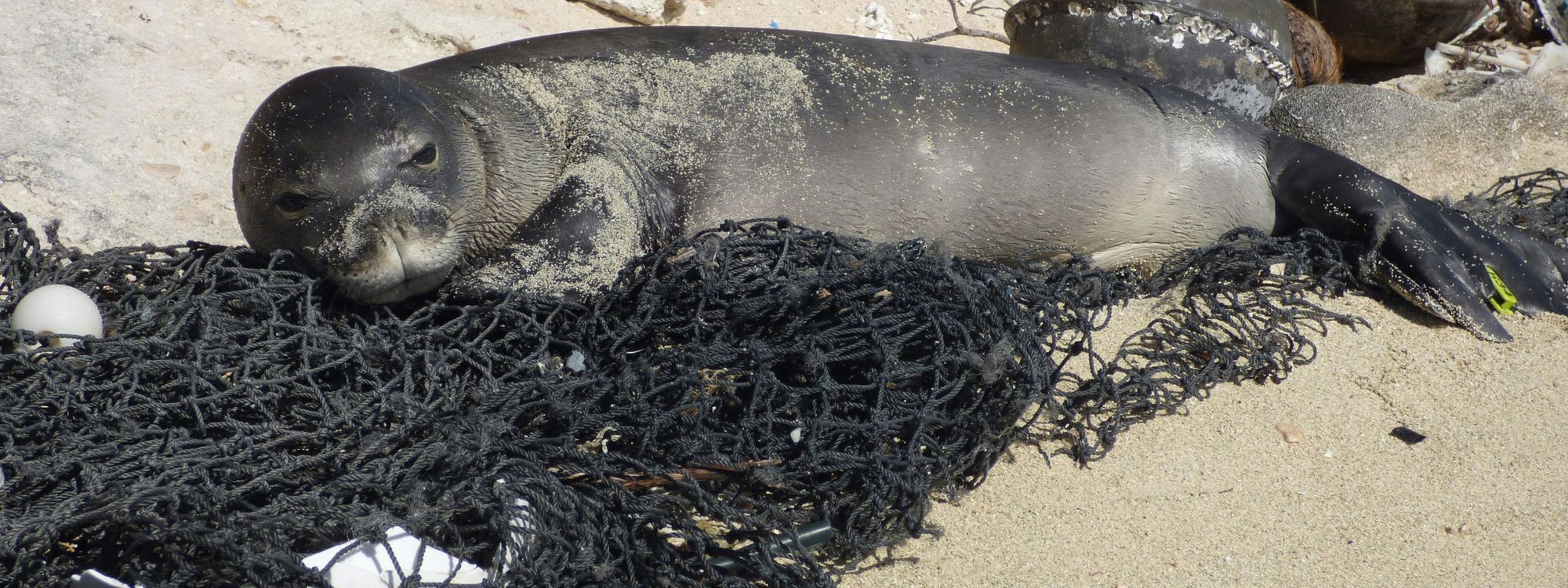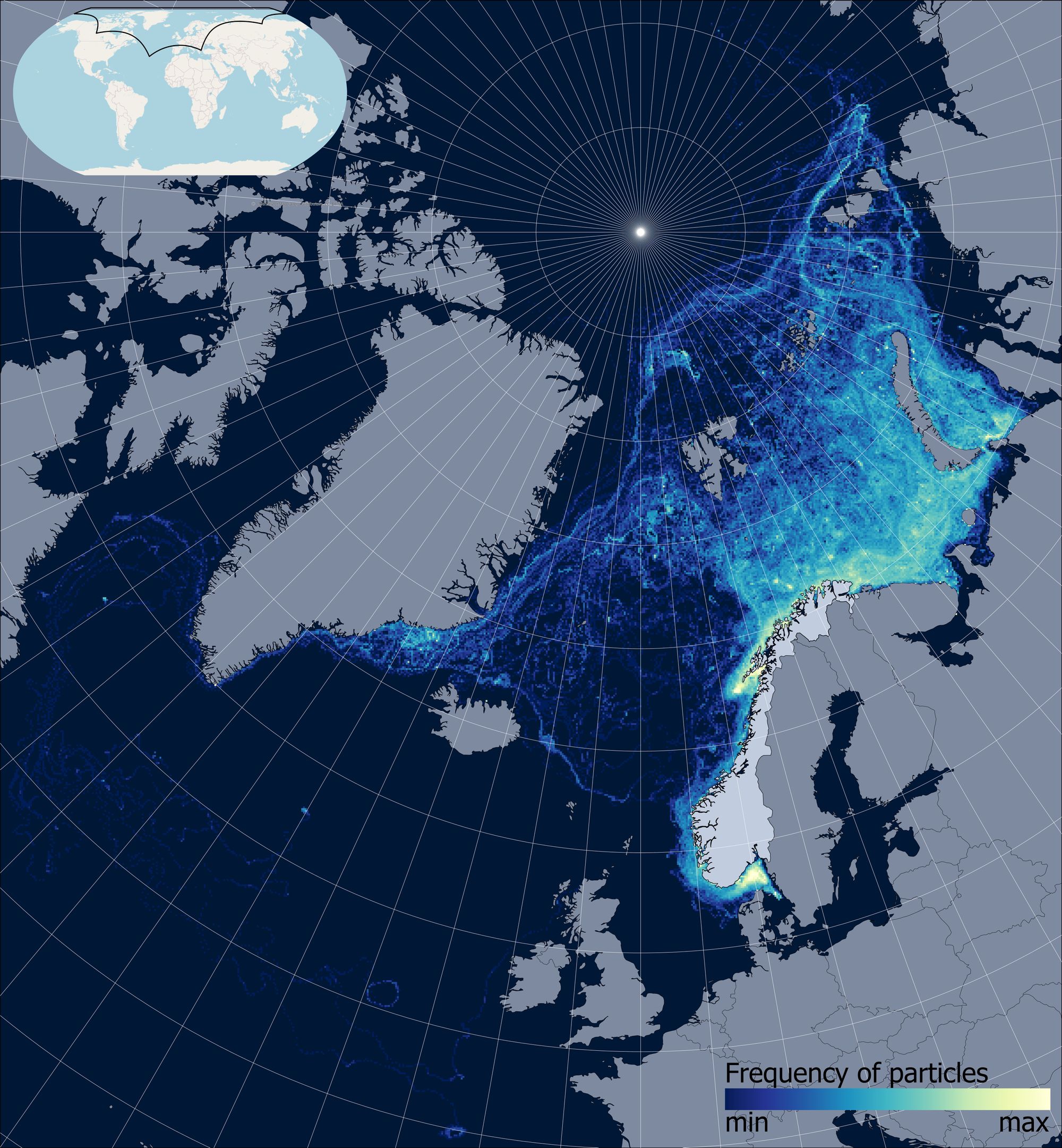New publication: Characterization Factors for plastic debris entanglement

We are excited to announce the publication of our latest research, "Disentangling marine plastic impacts in Life Cycle Assessment: Spatially explicit Characterization Factors for ecosystem quality" in Science of the Total Environment.
While many studies have addressed and reported on different impacts of plastic pollution, the Life Cycle Assessment (LCA) community are still working on incorporating this information into the framework, i.e., by developing relevant inventory and impact assessment methods. Our study represents a piece of the puzzle towards filling the methodological gap of plastic pollution impacts. In this paper, we introduce the first spatially explicit Characterization Factors (CFs) for quantifying impacts of plastic entanglement on marine megafauna, including mammals, birds, and reptiles.
We developed a framework that combines Lagrangian particle tracking and a Species Sensitivity Distribution (SSD) model to estimate the potential entanglement impacts from lost plastic-based fishing gear across the world. We simulated plastic losses from global fishing hotspots (Figure 1) and generated country-specific CFs to be used in LCA combined with estimates on the quantities of gear loss.

Our research follows a relative global impact assessment approach, where the effects are estimated to be higher in areas where susceptible species overlap (Figure 2). As a consequence, the CFs associated with Oceania were found to be higher than those of Europe, Africa, and Asia, illustrating regional differences in vulnerability.

By incorporating entanglement along with other plastic pollution impacts in LCA, we can provide a more complete assessment for policymakers and industries where plastic is involved, thus supporting informed decision-making with marine ecosystem health in mind.
While our study lays the groundwork for one type of effect of marine macroplastic, future work could expand on this model by incorporating relevant fate processes as well as differentiating impacts based on the type of plastic and specific environmental compartment.
To learn more about this research, you can access the full paper here.

